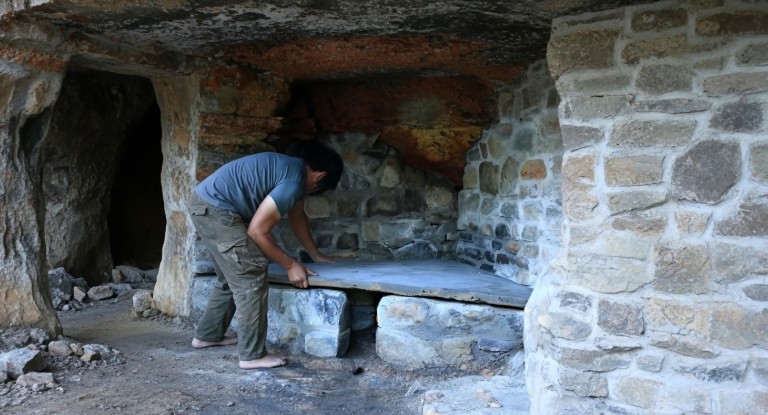
I began this wilderness project determined to transform a cold, damp stone cave into a warm and inviting refuge. My first step was to assess the cave’s natural layout for airflow and safety, clearing out debris and checking for signs of leaks or dangerous animals. Once the site was secure, I focused on sealing drafty gaps with mud, moss, and gathered stones, all packed tightly to block out wind and retain warmth.
Next, I built a basic firepit using local rocks and clay, selecting a spot where smoke could safely vent out through cracks without filling the cave with fumes. Fire was essential—not only for warmth but also for cooking and drying out the space. With careful layering of firewood and tinder, I established a steady heat source, slowly raising the temperature and comfort of the cave.
To further insulate the shelter, I lined the walls and sleeping area with thick layers of leaves, pine needles, and any dry grass I could find. This natural bedding helped soften the hard stone floor and provided much-needed insulation from the cold ground. I crafted simple tools, hangers, and shelves from branches to organize supplies neatly.
As the project progressed, I adapted the cave’s layout to make room for a safe living area, storage, and a cozy sleeping nook. Strategic placement of the fire and sleeping zone ensured I stayed warm at night and could dry clothes or food as needed.
By the end, the cave had become a true haven against harsh weather—a testament to what can be accomplished with resourcefulness, patience, and a deep connection to natural materials. Living in my newly cozy stone refuge, I felt protected from the elements and rejuvenated by the process of turning a wild, unwelcoming space into an inviting bushcraft home.


